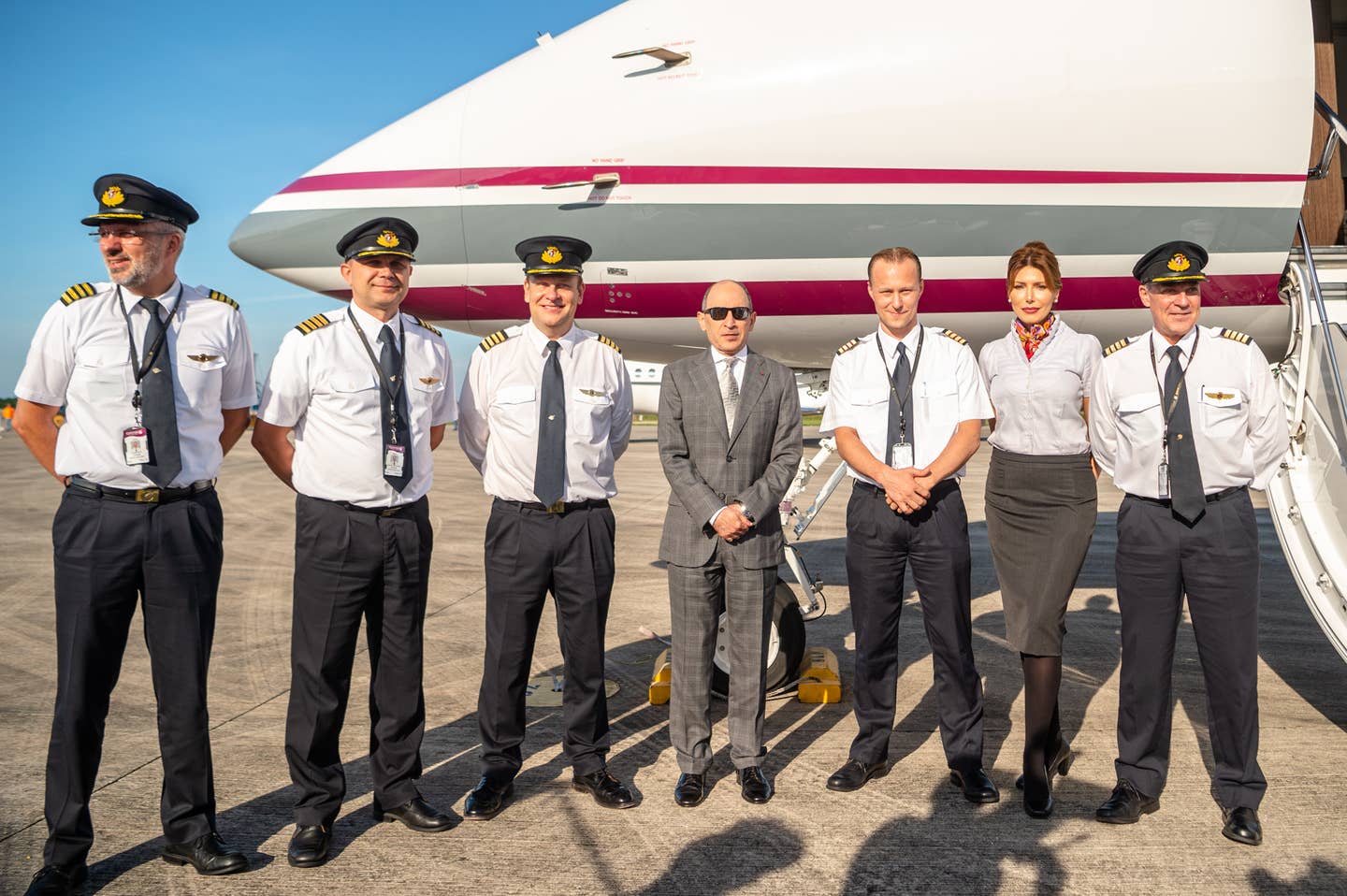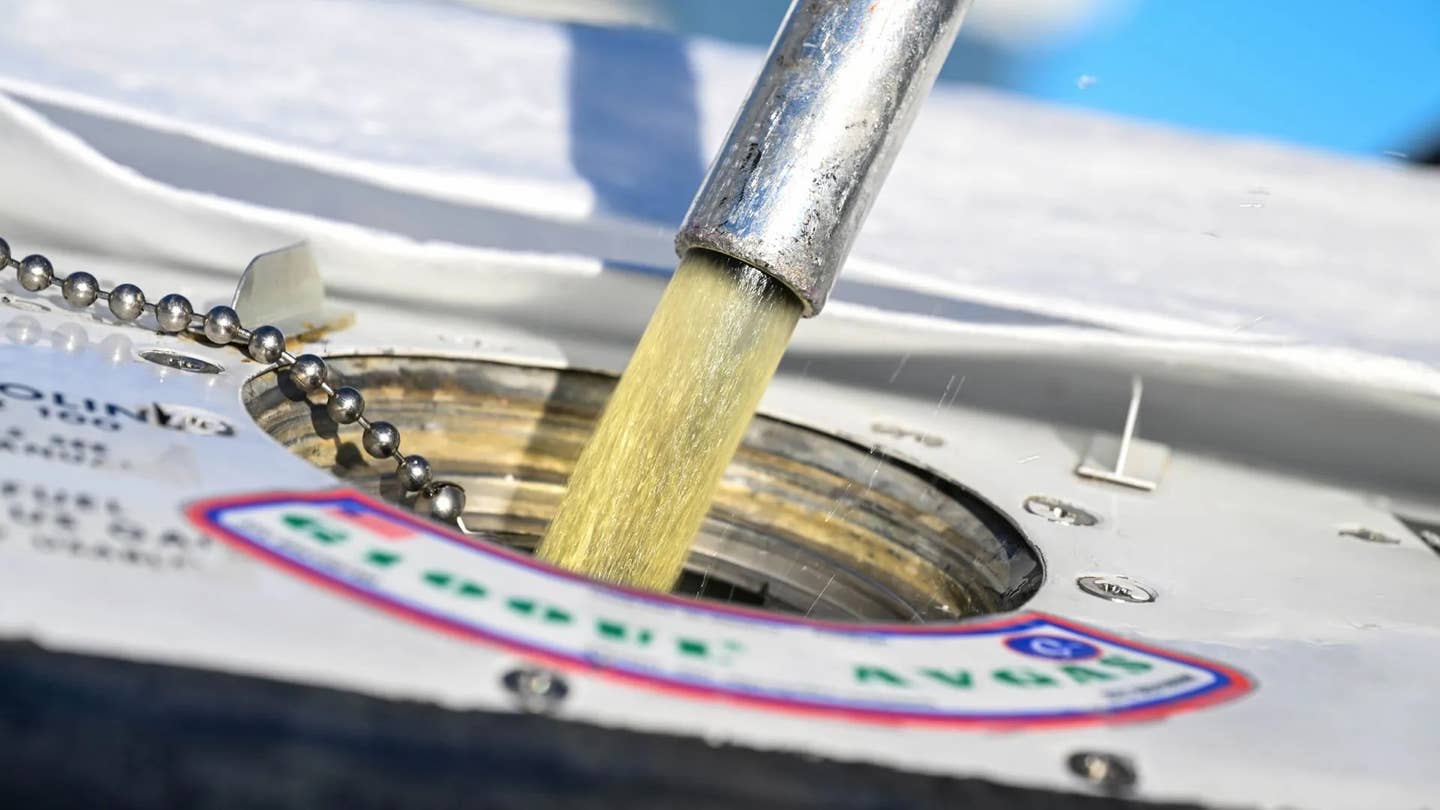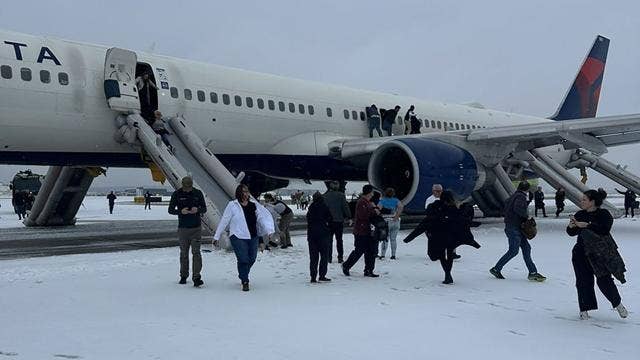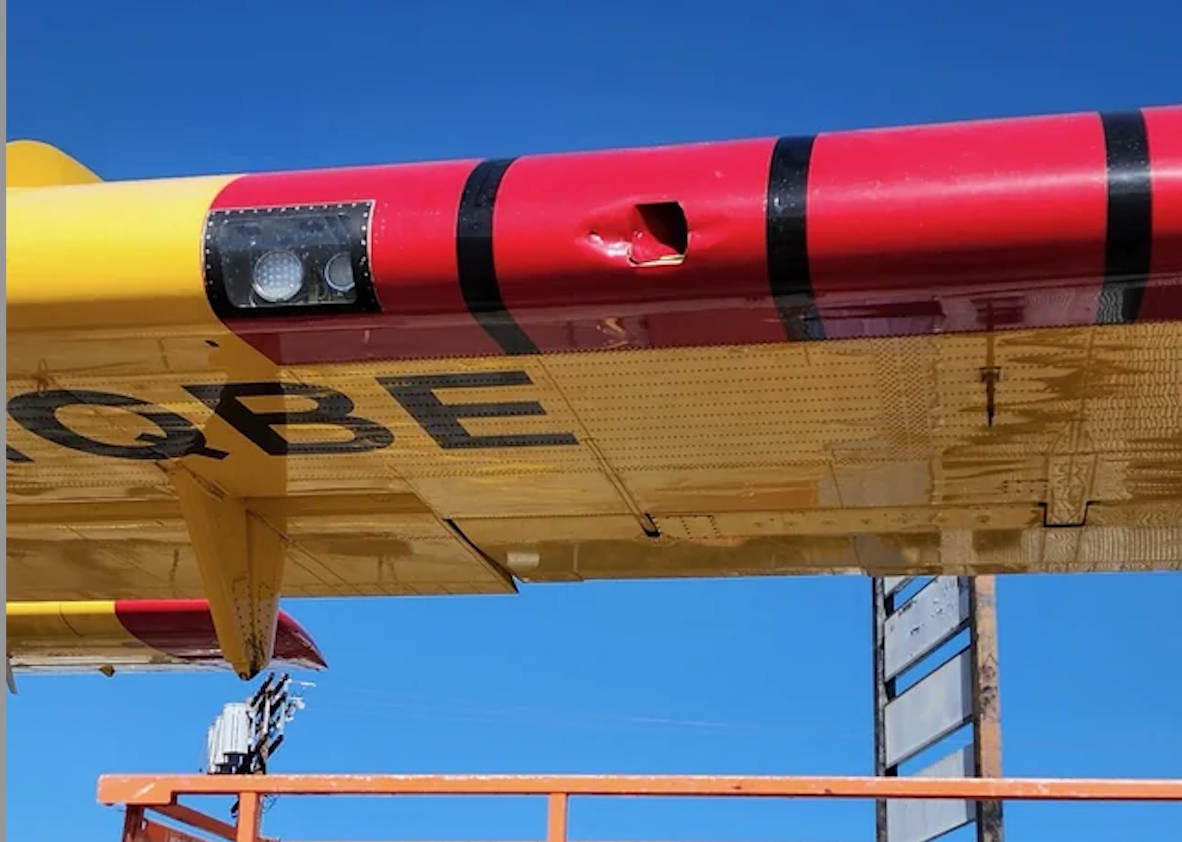Team Sets Global Circumnavigation Speed Record
A multinational team of pilots, astronauts and aviation professionals completed their mission to set a new record for the fastest circumnavigation of the Earth via both poles on Thursday. Called…

Image: Chris Garrison
A multinational team of pilots, astronauts and aviation professionals completed their mission to set a new record for the fastest circumnavigation of the Earth via both poles on Thursday. Called One More Orbit, the mission was led by Action Aviation Chairman Capt. Hamish Harding of the U.K., astronaut and International Space Station (ISS) commander Col. Terry Virts of the U.S., and Russian cosmonaut and ISS commander Col. Gennady Padalka, who also holds the record for most days in space by any human. The flight was conducted as a tribute to the Apollo 11 moon landing.
“Our mission ... pays homage to the Apollo 11 moon landing achievement, by highlighting how humans push the boundaries of aeronautics,” said Harding. “We did this during the 50th anniversary celebrations of the Apollo 11 moon landing and the 500th anniversary of man first circling the planet. It is our way of paying tribute to the past, the present, and the future of space exploration.”
Flying a Qatar Executive Gulfstream G650ER, the One More Orbit crew took off from Florida’s Kennedy Space Center on July 9, 2019 at 9:32 a.m.—the same launch time as Apollo 11. With four pilots alternating flying duties, they completed the 22,422-NM trip in 46 hours 39 minutes and 38 seconds, landing back at Kennedy on July 11, 2019 at 8:12 a.m. The aircraft refueled in Kazakhstan, Mauritius and Chile, with each stop planned and overseen by One More Orbit personnel.
The team had the record-breaking time certified by the Fédération Aéronautique Internationale (FAI) and Guinness World Records. The previous FAI polar navigation speed record was set in 2008 by Capt. Aziz Ojjeh in a Bombardier Global XRS. The requirements for the record included starting and finishing at the same point on the earth, crossing directly over the north and south poles, and passing over the equator twice at between 120 and 180 degrees of longitude apart. For the record to qualify, no flight crew changes or route variations could occur.






